Understanding and optimizing the customer experience is crucial for any business looking to thrive in today's competitive landscape. One powerful tool that businesses can utilize to enhance customer satisfaction and loyalty is the Customer Journey Map (CJM). A Customer Journey Map visualizes the end-to-end experience a customer has with a product or service, helping businesses identify pain points, opportunities for improvement, and moments of delight. In this article, we will guide you through the process of creating a comprehensive Customer Journey Map that can serve as a valuable tool for refining your customer experience strategy.
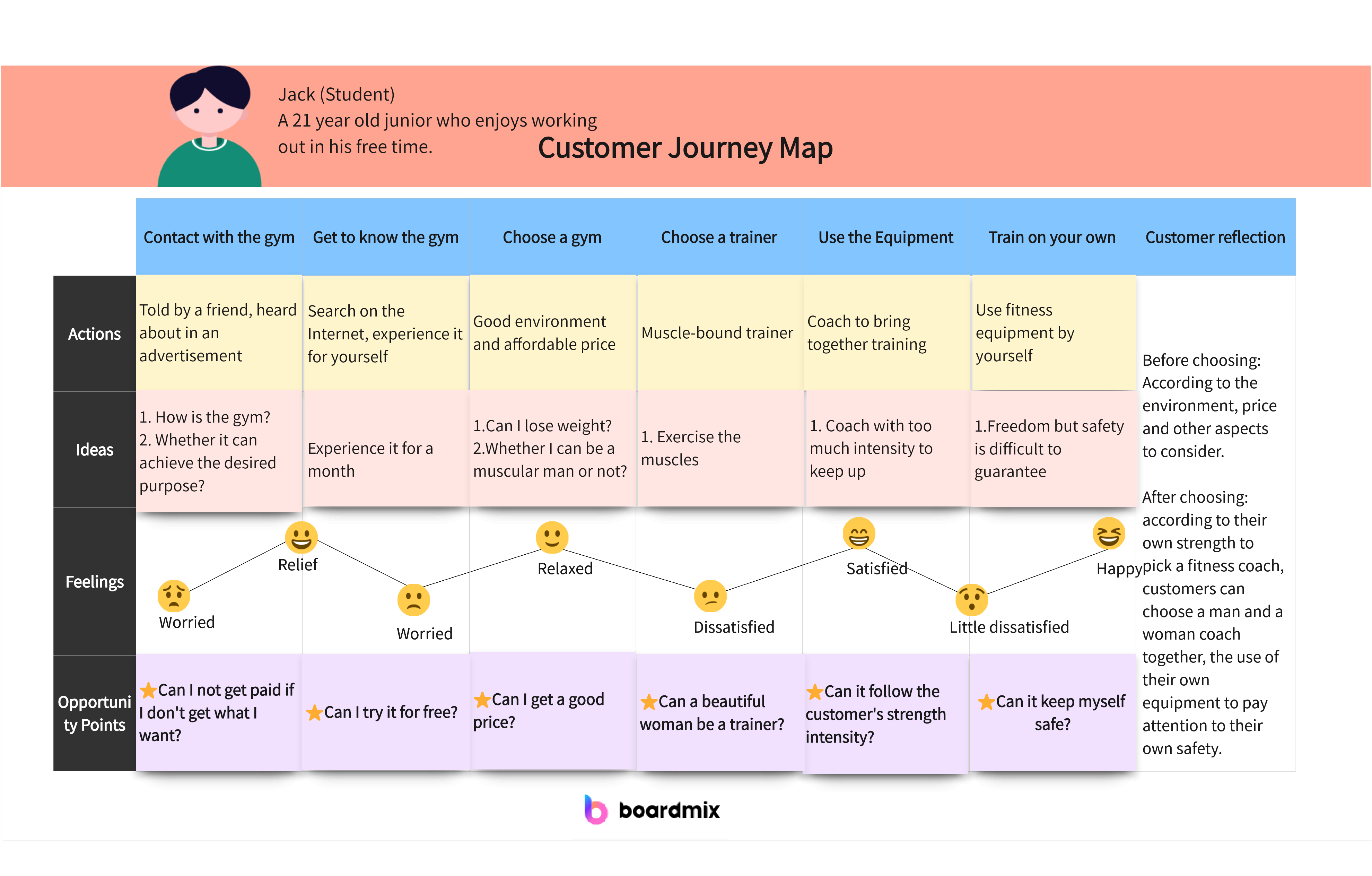
Part 1. What is a Customer Journey Map?
A customer journey map is a visual representation of the entire experience that a customer has with a product, service, or brand throughout their interactions and touchpoints. It illustrates the customer's path from the initial awareness stage through the process of engagement, purchase, and ongoing relationship. The goal is to provide a holistic view of the customer's experience, highlighting key moments, emotions, and pain points at each stage.
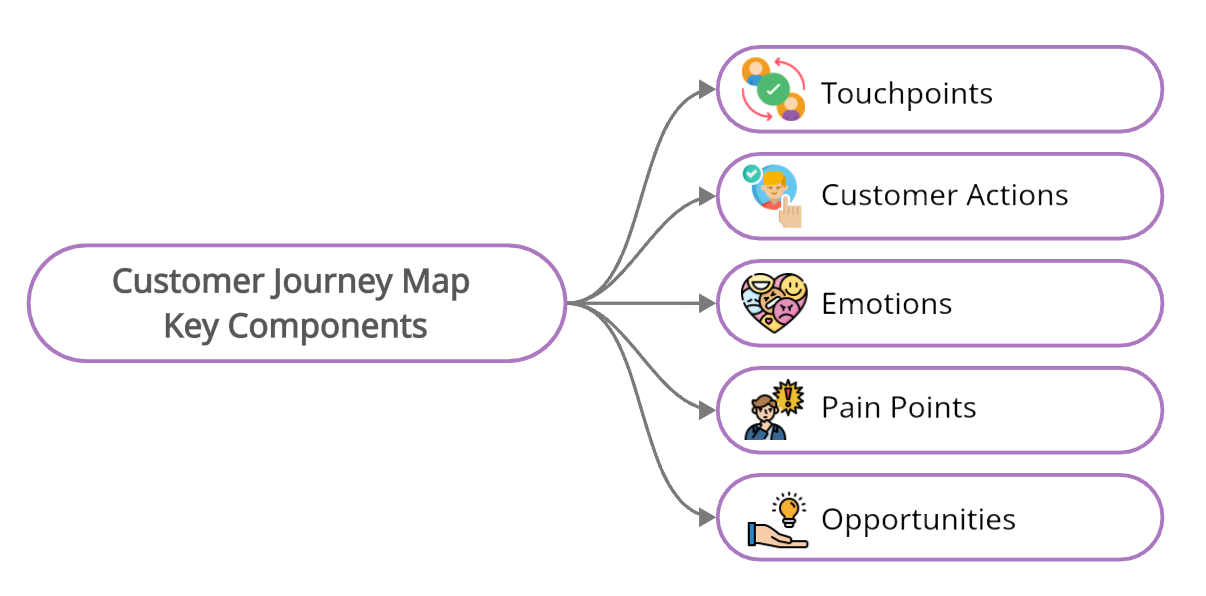
Key components of a customer journey map may include:
Touchpoints: Points of interaction between the customer and the product, service, or brand.
Customer Actions: The steps or actions taken by the customer at each touchpoint.
Emotions: The customer's feelings and emotions during different stages of the journey.
Pain Points: Challenges or negative experiences that the customer may encounter.
Opportunities: Areas where improvements or enhancements can be made to enhance the overall experience.
Why do you need a customer journey map?
Understanding the Customer Experience: By mapping out the customer journey, businesses gain a deeper understanding of how customers interact with their products or services. This insight is crucial for providing a more tailored and satisfying experience.
Identifying Pain Points: Customer journey maps help identify pain points or areas of friction in the customer experience. Addressing these pain points can lead to improved customer satisfaction and loyalty.
Improving Communication: The map serves as a tool for aligning internal teams, ensuring that everyone understands the customer's perspective. This alignment can lead to more cohesive and effective communication across different departments.
Enhancing Customer Satisfaction: A well-designed customer journey map allows businesses to proactively address customer needs and expectations. This, in turn, can lead to increased customer satisfaction and positive word-of-mouth.
Optimizing Processes: By visualizing the customer journey, organizations can identify inefficiencies or bottlenecks in their processes and make necessary improvements for a smoother customer experience.
Innovation and Differentiation: Understanding the customer journey can inspire innovative solutions and help businesses stand out from competitors by providing unique and delightful experiences at various touchpoints.
In summary, a customer journey map is a valuable tool for businesses to gain insights into customer behavior, improve the overall customer experience, and drive long-term customer satisfaction and loyalty.
Part 2. How to Create a Customer Journey Map?
Creating a customer journey map involves several steps to help you understand and visualize the customer experience. Here's a general guide to help you create a customer journey map:
Step 1. Define Objectives and Scope:
Clearly outline the goals for creating the customer journey map. Identify the specific aspects of the customer experience you want to focus on. Determine the scope, such as whether you're mapping the entire journey or specific touchpoints.
Step 2. Create Customer Personas:
Develop customer personas to represent different segments of your audience. Understand their needs, motivations, and pain points. This helps in tailoring the journey map to specific customer groups.
Step 3. Identify Key Touchpoints:
List the main touchpoints where customers interact with your brand. These could include website visits, social media interactions, product purchases, customer service interactions, and more.
Step 4. Map Customer Journey Stages:
Break down the customer journey into stages, typically starting with awareness and ending with loyalty or advocacy. Define the key steps customers take in each stage.
Step 5. Gather Feedback and Data:
Collect customer feedback through surveys, interviews, and other channels. Use analytics tools to gather data on customer interactions. This information will provide insights into customer perceptions and behaviors.
Step 6. Create a Visual Map:
Choose a visual format (e.g., a flowchart, diagram, or specialized software) to represent the customer journey. Plot the identified touchpoints along the stages and include customer actions and emotions at each step.
Step 7. Identify Pain Points and Opportunities:
Highlight pain points where customers may face challenges or frustrations. Simultaneously, identify opportunities for improvement or enhancement. This step guides you in making strategic decisions to enhance the overall customer experience.
Remember that customer journey mapping is a flexible process, and the steps can be adjusted based on your specific needs and the complexity of your customer experience. The key is to create a visual representation that helps your team understand and improve the customer journey.
Part 3. Boardmix Customer Journey Map Template
Boardmix, a cutting-edge online whiteboard tool, is your ultimate solution for creating comprehensive customer journey maps. Our platform offers an array of intuitive drawing templates that simplify the process of visualizing your customer's path from initial contact through the entire sales process. With Boardmix, you can easily identify key touchpoints, understand your customers' needs and pain points, and strategize ways to enhance their experience. Although we're similar to Miro in functionality, our unique features and user-friendly interface set us apart. Start leveraging Boardmix today to create dynamic customer journey maps and drive business growth.
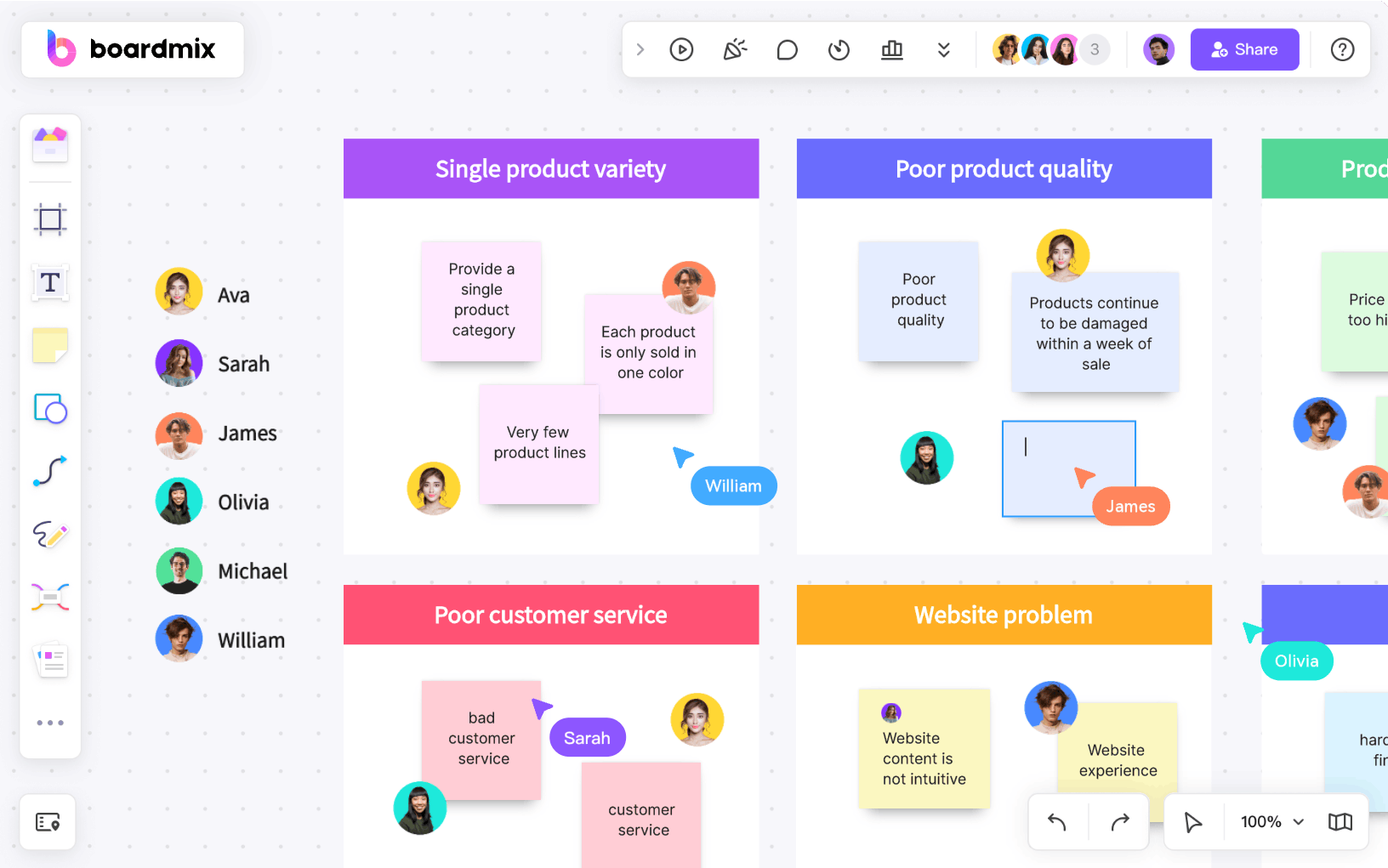
Why Choose Boardmix for Customer Journey Mapping
- Intuitive Drawing Templates: Boardmix offers a wide range of pre-designed templates that simplify the process of creating comprehensive visualizations, such as customer journey maps.
- User-Friendly Interface: With its easy-to-navigate interface, Boardmix makes it simple for users to identify key touchpoints and strategize solutions.
- Customizable Workspace: Boardmix provides a flexible workspace that can be customized to fit your specific needs, allowing you to create unique and dynamic visual representations.
- Collaborative Features: Boardmix supports real-time collaboration, enabling teams to work together seamlessly, share ideas, and make changes simultaneously.
- Highlighting Tools: With Boardmix's highlighting tools, you can easily mark areas of interest or concern in your diagrams or maps.
How to Create a Customer Journey Map with Boardmix:
1. Start with a Template: Choose from our wide range of pre-designed templates that best fits your needs.
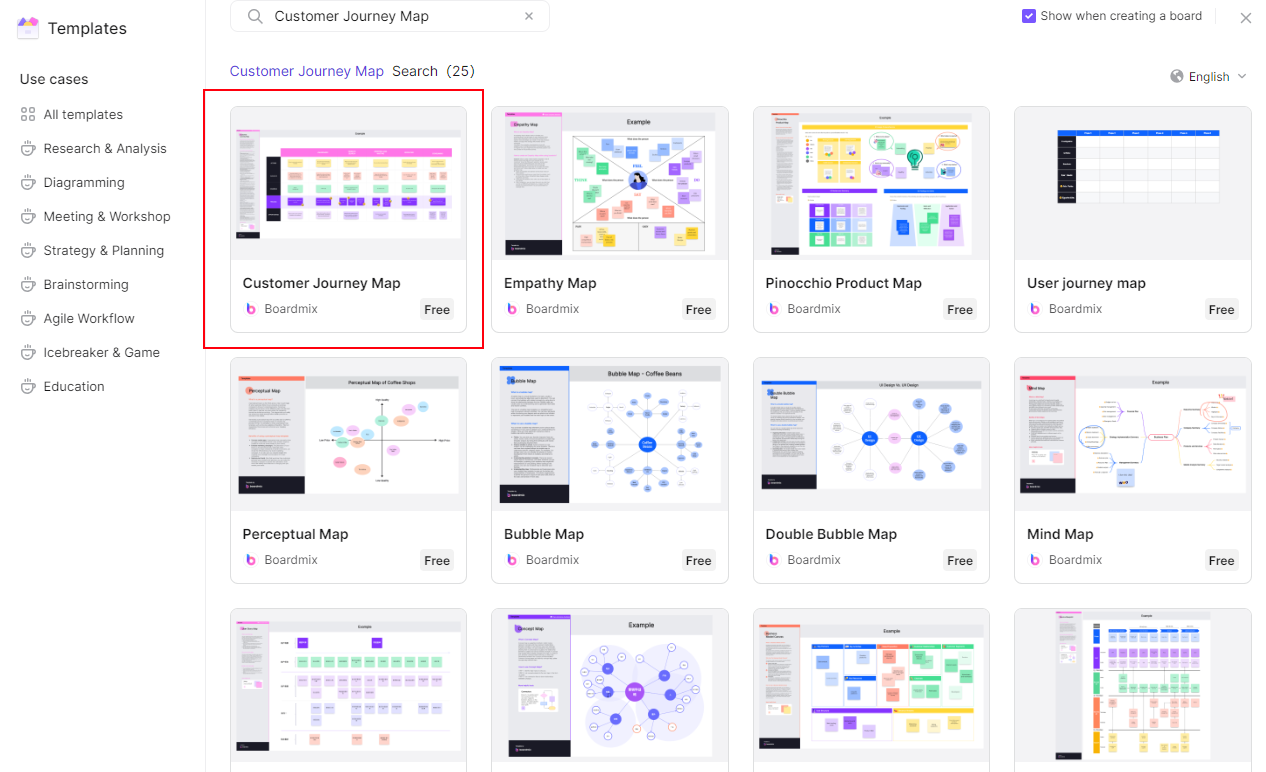
2. Identify Customer Touchpoints: Use our tools to identify and visualize all the points of interaction between your customer and your business.
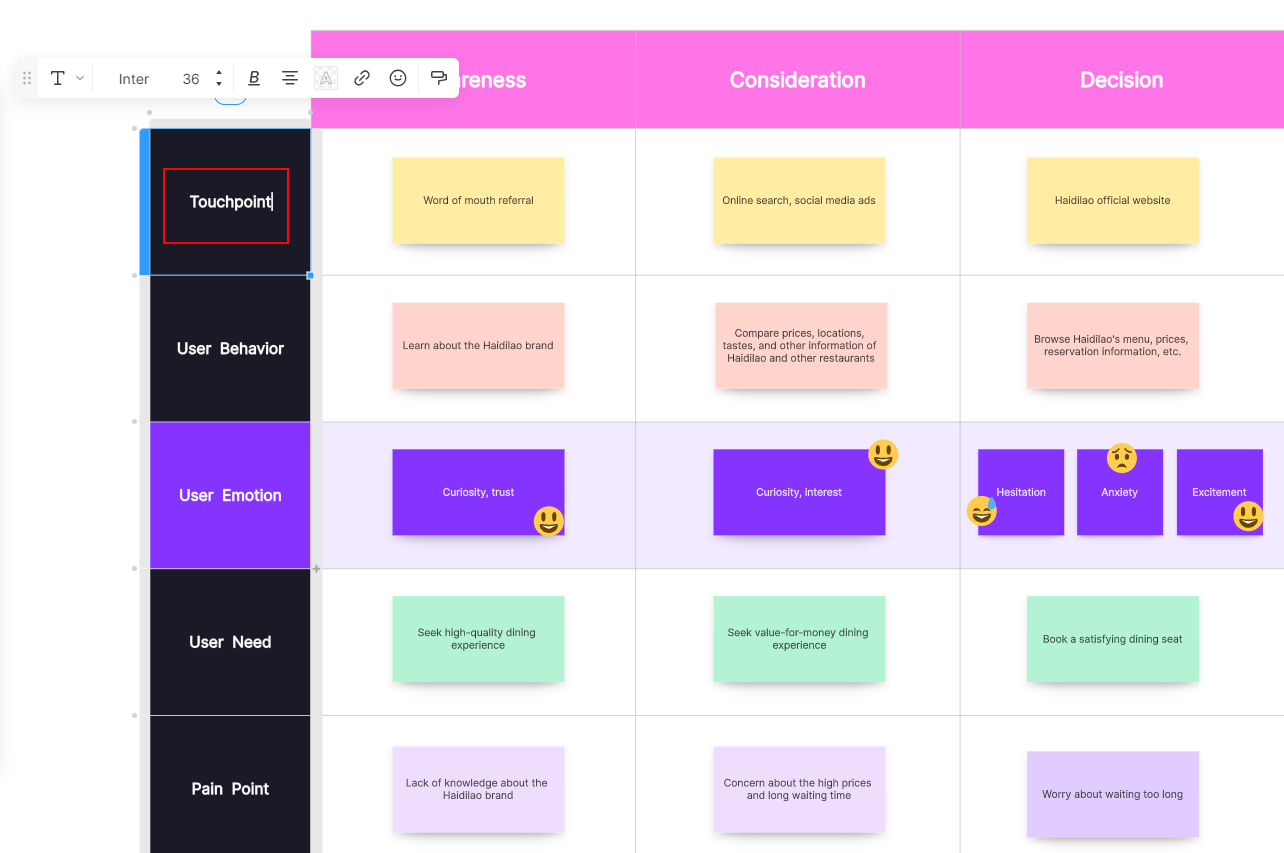
3. Understand Customer Needs: Add notes, comments, or insights about what the customer needs at each touchpoint.
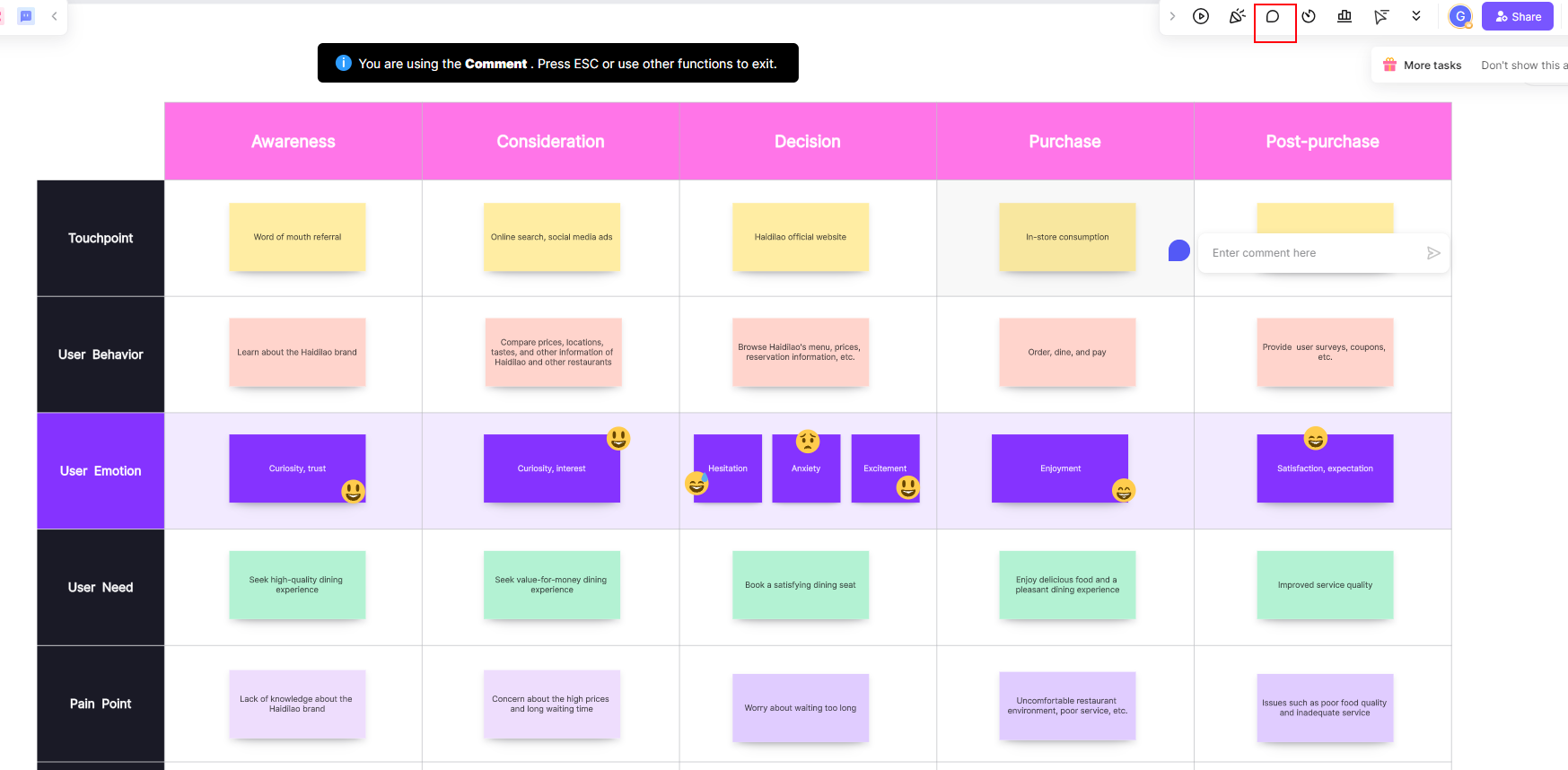
4. Highlight Pain Points: Use different colors or markers to highlight areas where customers are experiencing difficulties or challenges.
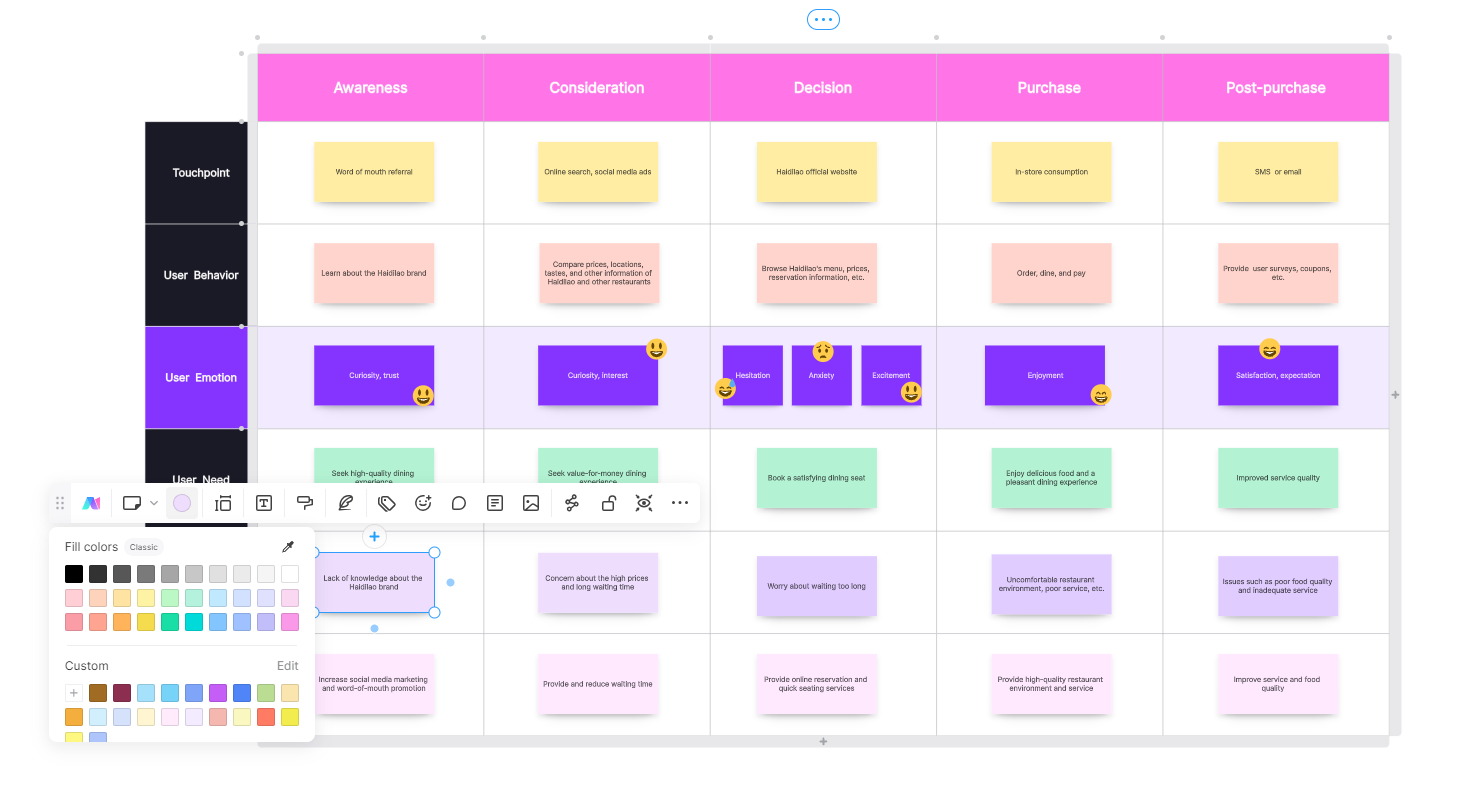
5. Strategize Solutions: Brainstorm and strategize solutions to enhance the customer experience at each touchpoint.
Conclusion
Creating a Customer Journey Map is an invaluable step towards understanding and enhancing the customer experience. By following the outlined steps, businesses can gain insights into customer behaviors, emotions, and pain points, allowing them to make informed decisions that positively impact customer satisfaction and loyalty. Remember, the customer journey is not static, so consistently revisit and refine your map to stay aligned with evolving customer expectations and market dynamics.
Boardmix is an exceptional tool for customer journey mapping, offering a wide variety of intuitive drawing templates to help you visualize and understand your customers' experiences. Its user-friendly interface allows you to easily identify key touchpoints, highlight pain points, and strategize solutions. Choose Boardmix for your customer journey mapping needs and take the first step towards enhancing your customers' experience.













